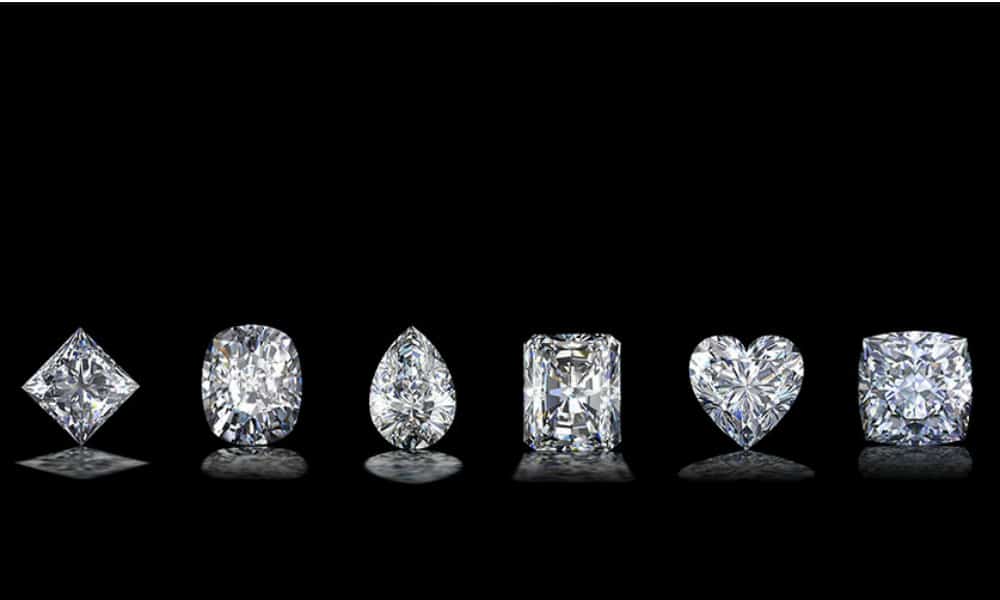While there is ample information available on buying gold, when it comes time to sell gold bullion, especially investment-grade bullion bars, remains a less-explored territory. This lack of knowledge about the gold bullion market can pose challenges for individuals looking to liquidate their gold assets. Here’s what you need to know about investment-grade gold bars and the process of selling them:
Types of Gold Bullion Bars
- Good Delivery Gold Bars: These are the most heavily traded gold bullion bars, primarily in London, working closely with the London Bullion Market Association (LBMA). They typically weigh 400 ounces and are produced by over 60 refineries globally.
- Tola Bars: Popular in markets like the Middle East, Singapore, and India, Tola bars, such as the common “ten Tola” bars weighing approximately 3.75 ounces, are traded.
- Five Tael Gold Bars: Prominent in China, these bars, also known as biscuits, weigh around 6 ounces and are recognized by the Chinese Gold and Silver Exchange.
- Kilobars: Weighing about 32.15 ounces or 1000g, kilobars are promoted as a cost-effective way to invest in gold, especially outside Asia.
Diverse Sizes and Considerations
Gold bars come in various sizes, from smaller bars weighing a gram to larger ones like the 400-ounce “Good Delivery” bars. Buying in bulk is often more cost-efficient, but smaller bars may be considered novelty items and could cost more than the actual gold value.
Investment Grade “Good Delivery” Gold Bars
- Purity: Investment-grade gold bars are usually 99.5% pure gold, making them eligible for retirement plans. Higher purity, such as 99.9%, is desirable and fetches a better price in the market.
- Tax Considerations: Expect a lower tax rate on gold bars compared to gold coins. Investment-grade bars may be subject to a tax bill upon sale, depending on your country’s regulations.
- Market Deliverable Status: These bars retain their market deliverable status, making them a preferred choice for retirement savings. The gold content is a key factor influencing their value.

Challenges and Considerations in Selling Gold Bars
- Storage and Security: Larger bars, especially the 400-ounce ones, can pose challenges in terms of storage and security. Private buyers often value the integrity of gold bars and may pay less if the bars have been stored outside approved facilities.
- Market Approval: Bullion dealers can be particular about the source and storage of gold bars. Bars taken out of market-approved storage facilities may be deemed less desirable.
- Integrity Concerns: Any compromise to the integrity of gold bars, such as storing them in a personal safe or a bank safety deposit box, can impact their value when selling.
In conclusion, understanding the nuances of investment-grade gold bars and the dynamics of the gold bullion market is crucial when contemplating a sale. Whether you are a private seller or dealing with larger quantities, being informed about the types, purity, tax implications, and storage considerations will empower you to make sound decisions sell gold bullion grade bars.








Travel Insurance Is A Must-Have For Everybody Who Travels.
Weather Situations When H11/H8/H9 LED Headlight Bulbs Be Used
How To Live The Happy Live As A Wheelchair User
Why Prefer Eat Verification Website?
The Best strategies to Start Winning in the Online Sports